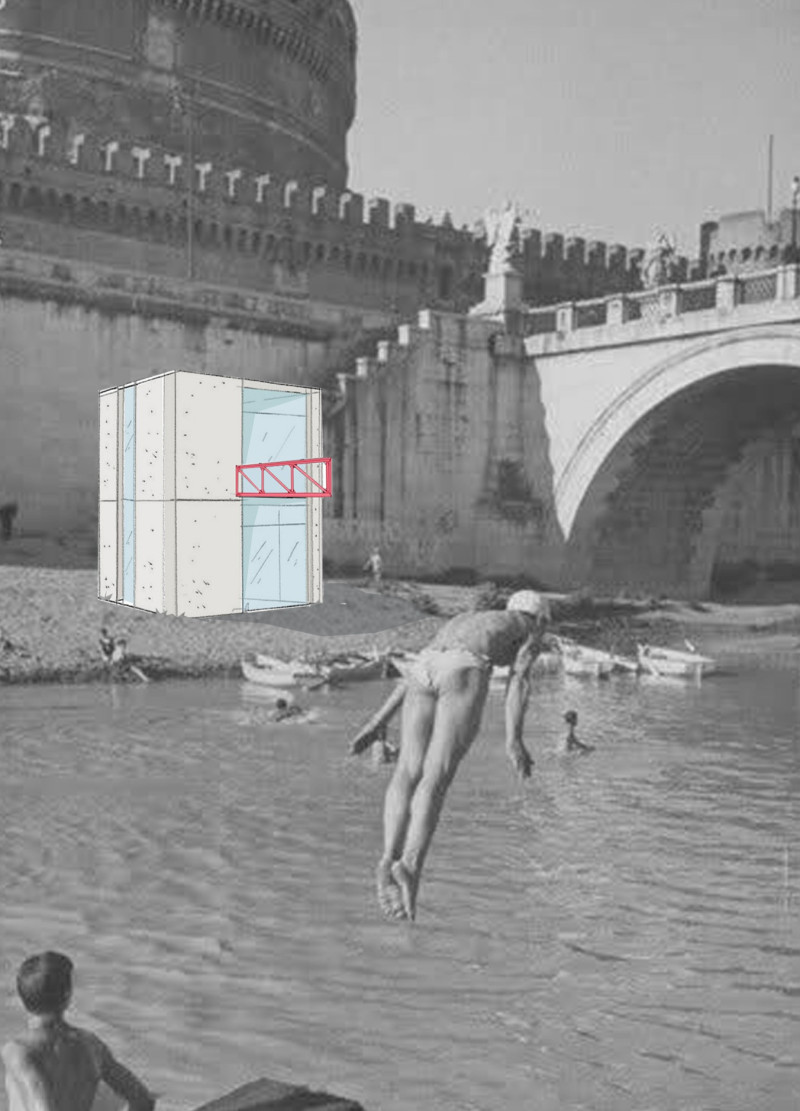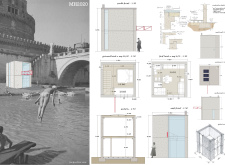5 key facts about this project
The overall architectural form of MH2020 is characterized by a cubic structure that conveys a sense of simplicity and clarity. This is complemented by a two-level layout, with the ground floor spanning 16 m² and the first floor covering 9 m². The configuration allows for an efficient organization of functional spaces, likely accommodating a mix of uses such as residential, commercial, or cultural activities. The strategically designed spaces create opportunities for both private retreats and communal gatherings, facilitating a vibrant and interactive environment.
One of the most notable features of the design is the generous use of glass throughout the façade. This choice enhances the building's transparency and relationship with the landscape, enabling natural light to permeate the interiors while framing views of the surrounding environment. The integration of glass establishes a visual and experiential connection with nature, creating a serene atmosphere that aligns with the project's goals of fostering community ties.
The incorporation of a red balcony or balcony-like structure adds a distinctive element to the design. This feature not only provides a visual contrast to the more neutral tones of the building materials but also serves as a functional outdoor space that encourages occupants to step outside and engage with their surroundings. The balcony can be envisioned as a space where social interactions take place, further enhancing the community-oriented objectives of the design.
Materiality plays a critical role in the project's overall ethos. The primary materials used include reinforced concrete, glass, metal, and timber. Reinforced concrete provides the building with a strong structural foundation, ensuring durability and stability. The glass elements allow for abundant natural light and visual connectivity, while metal components, possibly utilized in the railings and structural detailing, emphasize the contemporary aspects of the architecture. Timber is employed to infuse warmth and a natural quality into the design, perhaps used in flooring or as architectural accents that deepen the user experience.
The project also reflects a forward-thinking approach to sustainability, as evidenced by the inclusion of solar panels on the roof. This feature not only aligns with contemporary environmental standards but also underscores the importance of energy efficiency in modern architectural practice. By integrating sustainable technologies, the design serves as a model for future developments in eco-friendly architecture.
In summary, the MH2020 project encapsulates a balanced dialogue between architectural innovation and respect for environmental context. It stands out for its unique design approaches that prioritize user engagement and sustainability, crafting an environment that resonates with modern lifestyles while celebrating communal interaction. For those interested in exploring more about the architectural plans and sections, or to gain further insights into the architectural ideas presented in this project, visiting the detailed project presentation will offer a richer understanding of its many dimensions.























